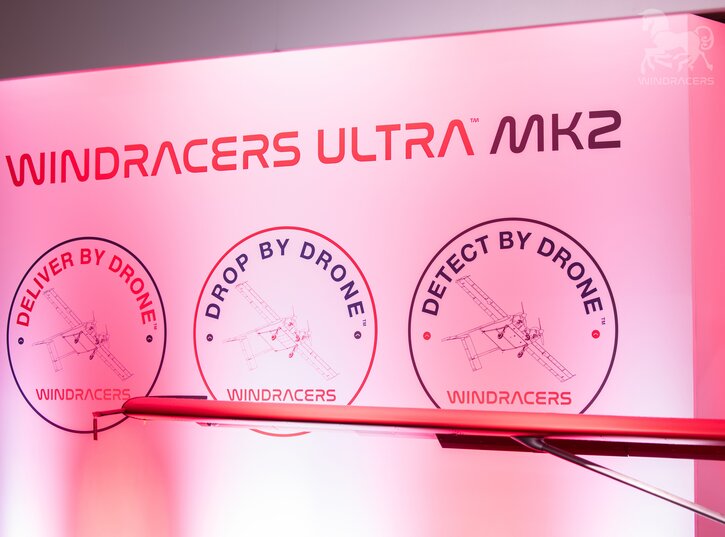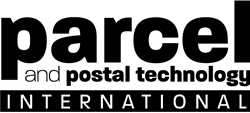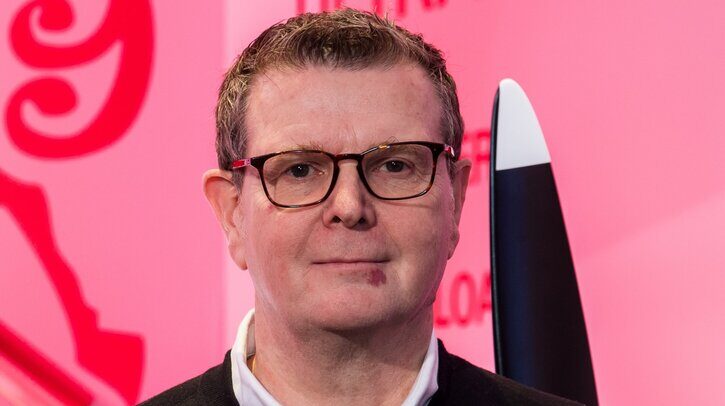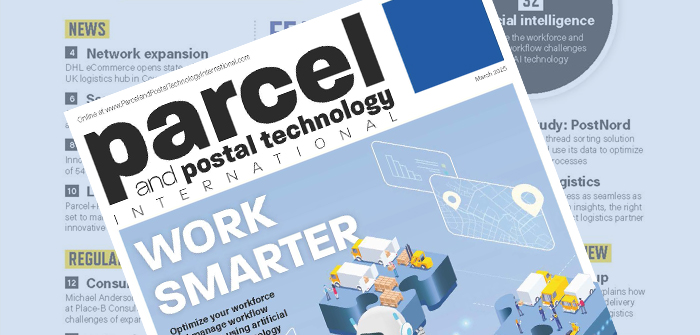Simon Thompson, Group CEO of Windracers Group, explains how the company’s newest uncrewed delivery aircraft is set to disrupt middle-mile logistics
Can you give us a history of Windracers and how the company has evolved?
Windracers started as an idea in 2017 in a laboratory in Southampton – both the hardware and the software – and the whole concept behind it was how to get food aid to people in need in Africa. Mozambique was used for the original case study, and we needed to find a vehicle that could travel 500km to the aid location and 500km back, with 100kg of aid such as bags of rice.
The overall vision of the business is about bringing prosperity to those who need it – it is about connecting people with things that they need. From the start, low cost has always been at the core of what the business has done. The aircraft is called ULTRA, which stands for uncrewed low-cost transport aircraft, and that is a really important criterion – if you combine dependability with low cost, you can disrupt industry. We’ve seen it with other industries, such as Dacia in the automotive industry, Southwest Airlines in aviation, and Aldi and Lidl in supermarkets, and that is what we want to do.
During the pandemic, the ULTRA had its first use case delivering Covid test kits, and we have also used it for parcel and postal delivery in the Orkney Islands, which is still active, as well as resupply efforts in Ukraine as part of the war there. We have done a lot of work in the Antarctic with British Antarctic Survey, and we’ve had a repeat purchase with Norce, which does a similar thing.
We’re now crossing the commercial chasm – it is no longer a laboratory experiment but something that is working in practice.

You recently launched ULTRA Mk2. How will this aircraft disrupt the market?
When we spoke to our customers, they were clear: keep its simplicity and keep its robustness. They asked for more payload but without increasing the costs. So what the team has done by changing the engines, creating an inverted V-tail that gives it more sideward stability and efficiency through the air, more than 80 changes to the fuselage and all the other things we announced at the launch on January 16 is create a product that can do more but at a lower cost and with lower fuel consumption.
What were the challenges of meeting those customer demands?
If you look across lots of industries, it is a customer expectation that as a product evolves, you’re going to get more for less – but that doesn’t mean to say it is easy. The team went back to the basics and looked at all the learning we’ve had over time, particularly with ULTRA Mk1, and which parts we could improve. It became very clear quite quickly that if you want to carry more payload, you’re going to need more power, so they added that – but at the same time with more power and payload, how are you going to travel more efficiently through the sky? So we have improved the aerodynamics and made sure the platform is the right weight, and worked with the engine manufacturer to make sure we’re tuning the engines to use less fuel. Our basic aim is to get down to a very low cents per kilo per 100km because that is how we’re going to disrupt the industry – not just helicopters, aircraft and boats, but also HGVs and vans in the middle mile.
Our real ambition for the next year or so is to drive down the cost of manufacturing and keep focusing on reducing operational cost by reducing maintenance and increasing the longevity of the platform.
Tell us about the software behind the aircraft.
There are three parts to our platform: the software, the hardware and the operations. The mission software is developed in-house and we’re focusing on the usability of that software. Currently, two people are required to fly one aircraft; by the end of the year, we should be at one to one and then soon after we should be one operator to four aircraft or even one to 10 aircraft. It is important because it will massively reduce the cost – humans are expensive, and the cost is going up.
We’re also working on making the software even easier to use. The team has developed fast mission planning capability that allows the operator to take their phone, press a few waypoints and the route planning is done. We want to rapidly reduce the training hours needed to become competent – we’re not there yet but we’re aiming for two hours training to make the operator reasonably competent, which is roughly the amount of time it takes to be able to use an iPhone.

How do you envisage the Windracers ULTRA becoming part of mainstream logistics fleets in the future?
There are 850 million people in the world who live offshore, and the reality of life is that they cannot get what they want on next-day delivery, which is a key requirement for most consumers. One of our focuses is doing that middle mile for people who live in rural communities or are offshore, who don’t enjoy the benefits of the delivery available in the cities. You can debate whether that is replacing aircraft, ships or maybe panel vans on a ferry, but that is where we’ll start because it is very target rich.
And if you look at parts of the planet such as Africa and other developing markets, the cost of moving goods in those markets is eight times as much as in a developed market, so we will also be looking at those markets where we may be able to reduce the cost of transportation.
How are you working with regulators to ensure ULTRA can continue to fly?
The reality is technology is moving faster than regulations, as is often the case. We have an excellent relationship with the UK’s CAA, and we are FAA approved to operate in the USA. We’re working to get two-year approvals so that we can commercialize the ULTRA in a profitable way. We’re working with the CAA so that instead of getting 90-day approvals then maybe three months, we want an overall program of two years to prove the viability for the customer but also the viability for us as a business. I think that longer route is really important and I am very encouraged by the work we’re doing with the CAA – I would expect us to be having those longer permissions sometime this year.
What have you got planned next for ULTRA?
We’re happy with the hardware – we’ve launched ULTRA Mk2 and that has got all the learnings we wanted – so our next real focus is on the software and how we make the training super easy, how we reduce the number of pilots needed and how we make sure the route planning is quick.
We’ll also be working with the communities up in the Orkneys [off the northeast coast of Scotland] to develop the routes that they need and create the service – bringing new jobs to the area. Once we’ve got that up and running, we’ll be looking to develop the service in other areas such as the Channel Islands and beyond. There are hundreds of thousands of routes we could develop for people living in remote or offshore areas.
This article was originally published in the March 2025 issue of Parcel and Postal Technology International



